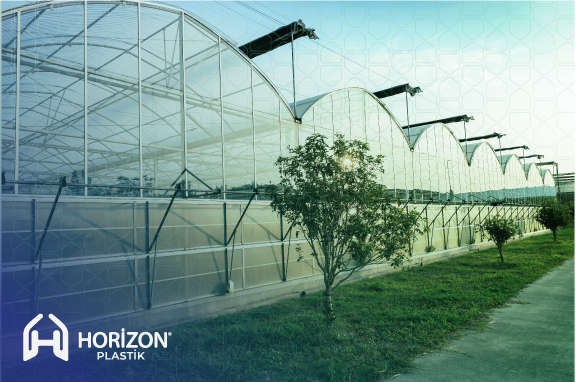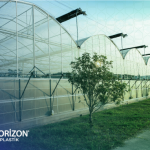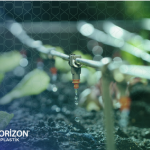
Greenhouses
The modern greenhouse is usually a glass or plastic enclosed framed structure that is used for the production of fruits, vegetables, flowers, and any other plants that require special conditions of temperature. The basic structural forms are the span-type greenhouse, which has a double-sloped, or A-shaped, roof, and the lean-to greenhouse, which has only one roof slope and leans against the side of a building. Two or more span-type greenhouses are sometimes joined side by side so that they have fewer external walls, and heating costs are consequently less.
A greenhouse has a large expanse of glazing on its sides and roof so that the plants are exposed to natural light for much of the day. Glass has been the traditional glazing material, but plastic films, such as polyethylene or polyvinyl, and fibreglass are also common. The framing of the structure is made of aluminum, galvanized steel, or such woods as redwood, cedar, or cypress. A greenhouse is heated partly by the rays of the Sun and partly by artificial means, such as circulating steam, hot water, or hot air. Because a greenhouse can become too hot as well as too cold, some type of ventilating system is also needed; this usually consists of roof openings, which can be operated mechanically or automatically, and end-wall openings, through which electric fans draw air and circulate it throughout the interior.
Benefits of Greenhouse:
- Longer growing season:
A greenhouse offers an extended growing season. Being that the greenhouse offers a more controlled climate for growing and swinging temperatures whether at the beginning or the end of the planting season won’t put plants at risk. This allows you to plant weeks or even months longer than possible! - Weather protection:
When using a greenhouse, you also get a level of protection from harsh weather conditions. These structures shield plants from the effects of unseasonal temperature swings (such as an exceptionally hot or frosty day). Even strong winds or beaming sun rays can have a negative impact on delicate plants if left unprotected. Under a translucent cover sunlight is diffused while sufficient ventilation flows throughout. Use a greenhouse to conveniently cover your plants and produce from the elements. - More plant options
Looking to grow plants that aren’t native to your region? In a greenhouse, you can! Greenhouses can offer a much warmer and humid environment than the outdoors. The consistent heat and insulation allow you to plant more warm-season vegetables, including exotic plants! As long you understand the conditions your plants need to survive, a greenhouse allows you to adjust accordingly for your ideal harvest. - Pest prevention:
Greenhouses are extremely beneficial when it comes to protecting your plants from animals, insects, and inclement weather. With shelter inside an enclosed structure, pests and predators like moles, deer, and birds won’t be able to eat or attack plants. This also reduces the need for toxic pesticides or chemicals that ward off unwanted critters.






